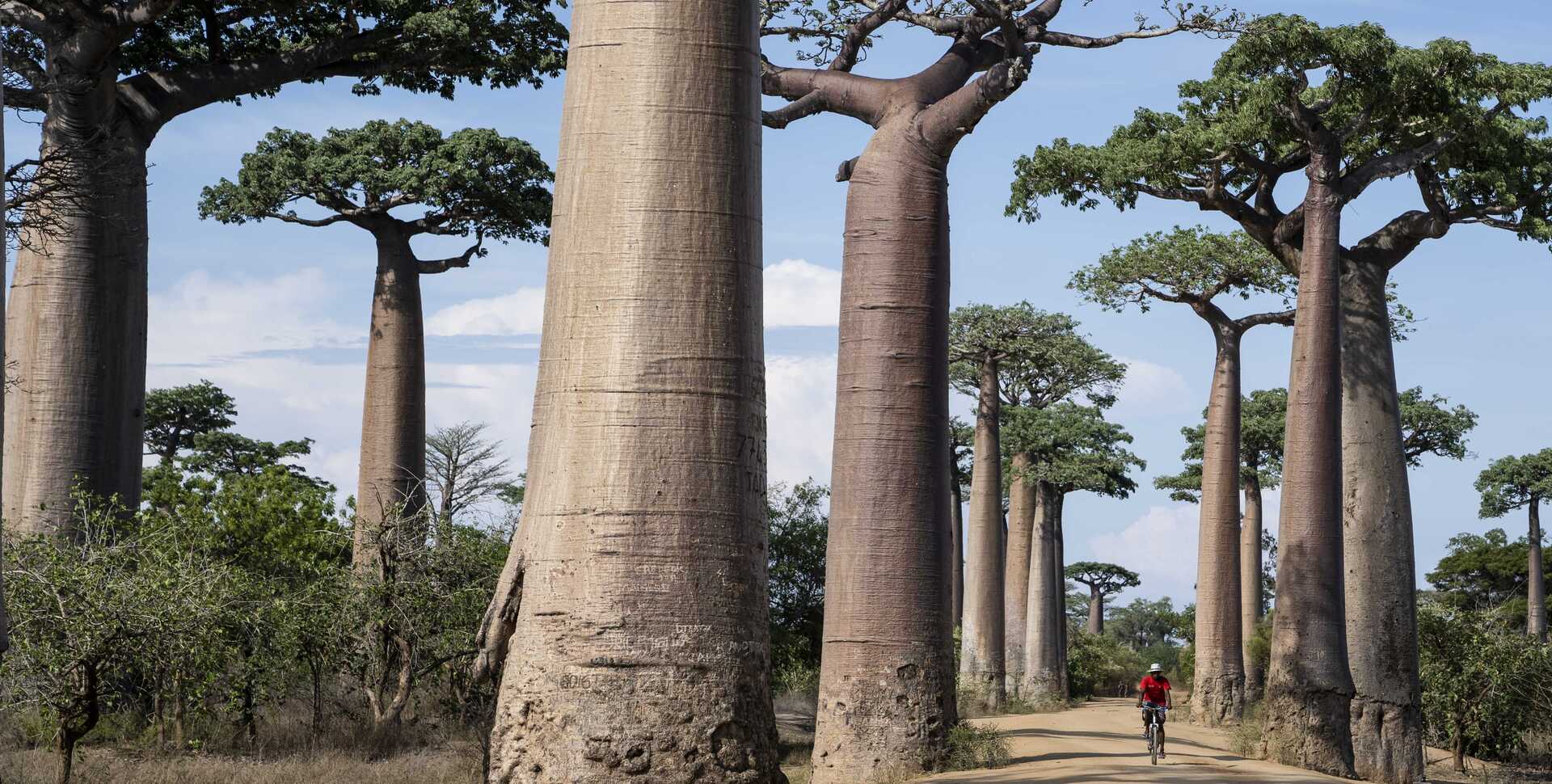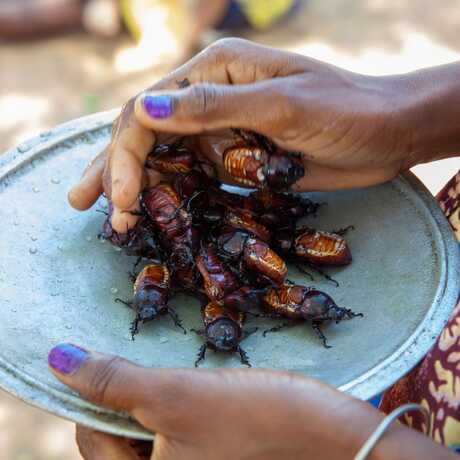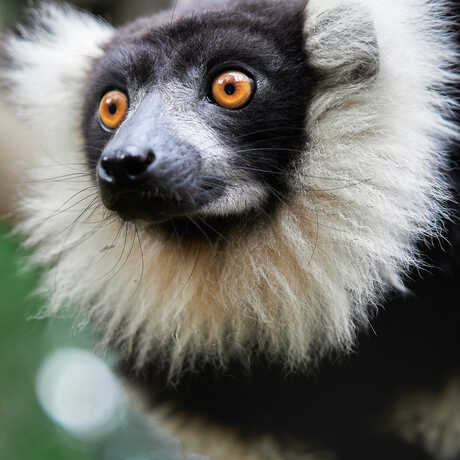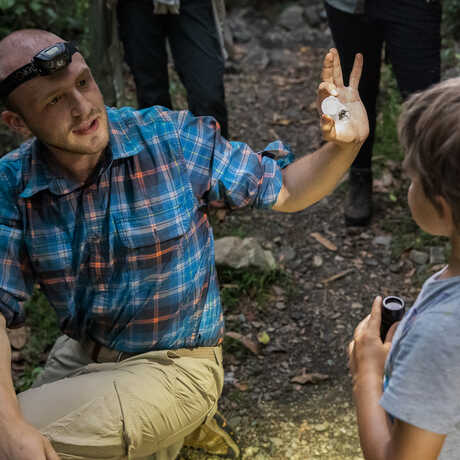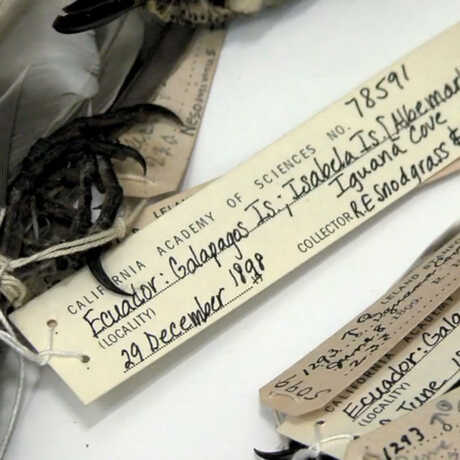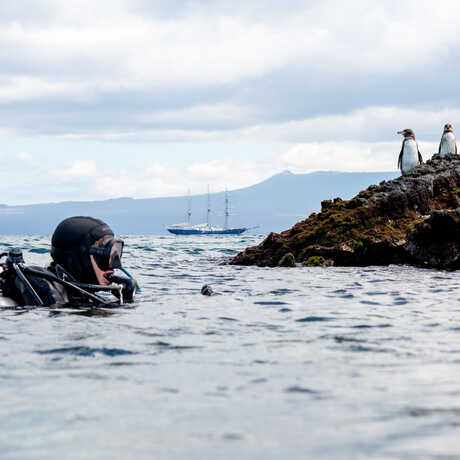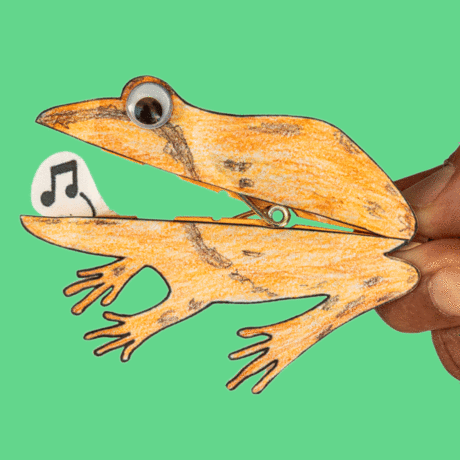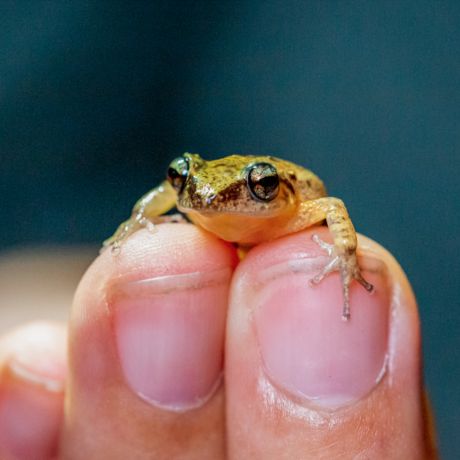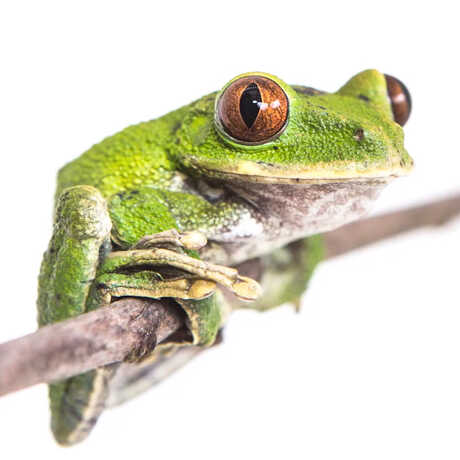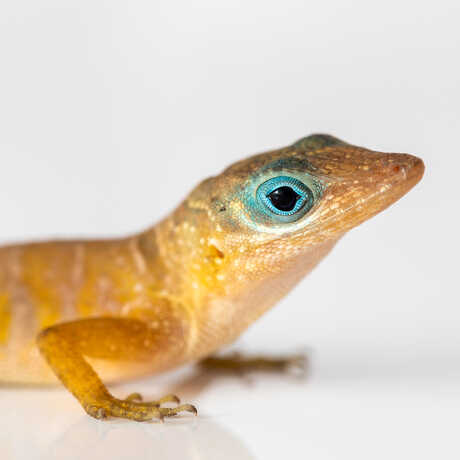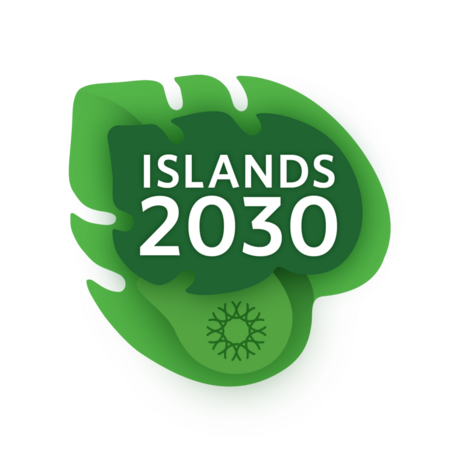
At the Madagascar Biodiversity Center, Academy scientists are working with local communities to scale sustainable insect farming. This project bolsters food and economic security for women and children, protects endangered lemurs and their forest habitat, and reduces transmission risks of diseases from animal to human populations. Journey to Madagascar and tour the facility via bioGraphic magazine.
Photo: Brian Fisher © California Academy of Sciences
